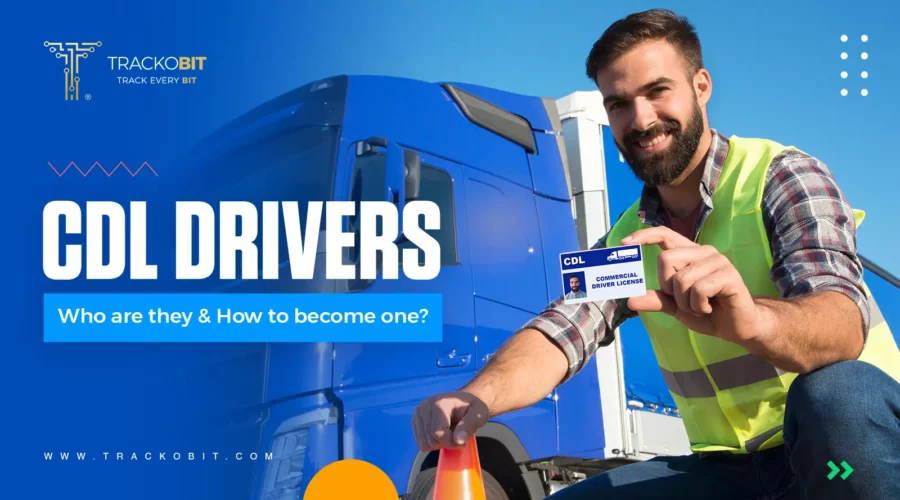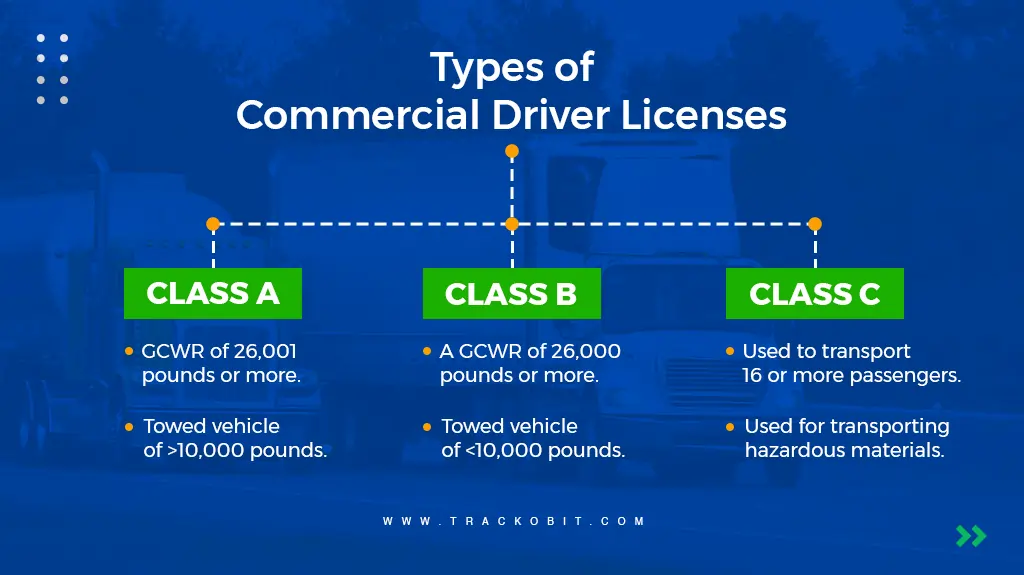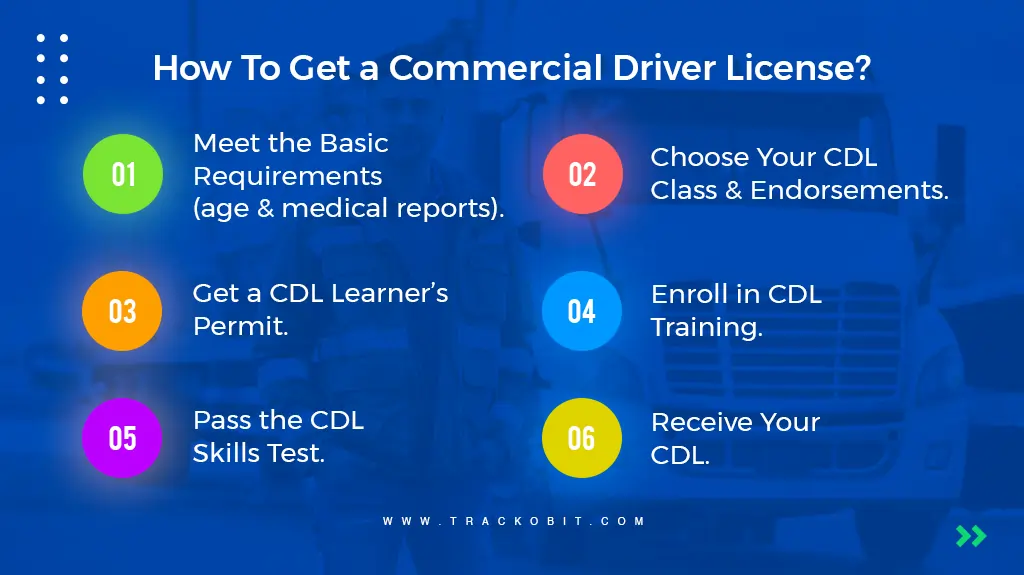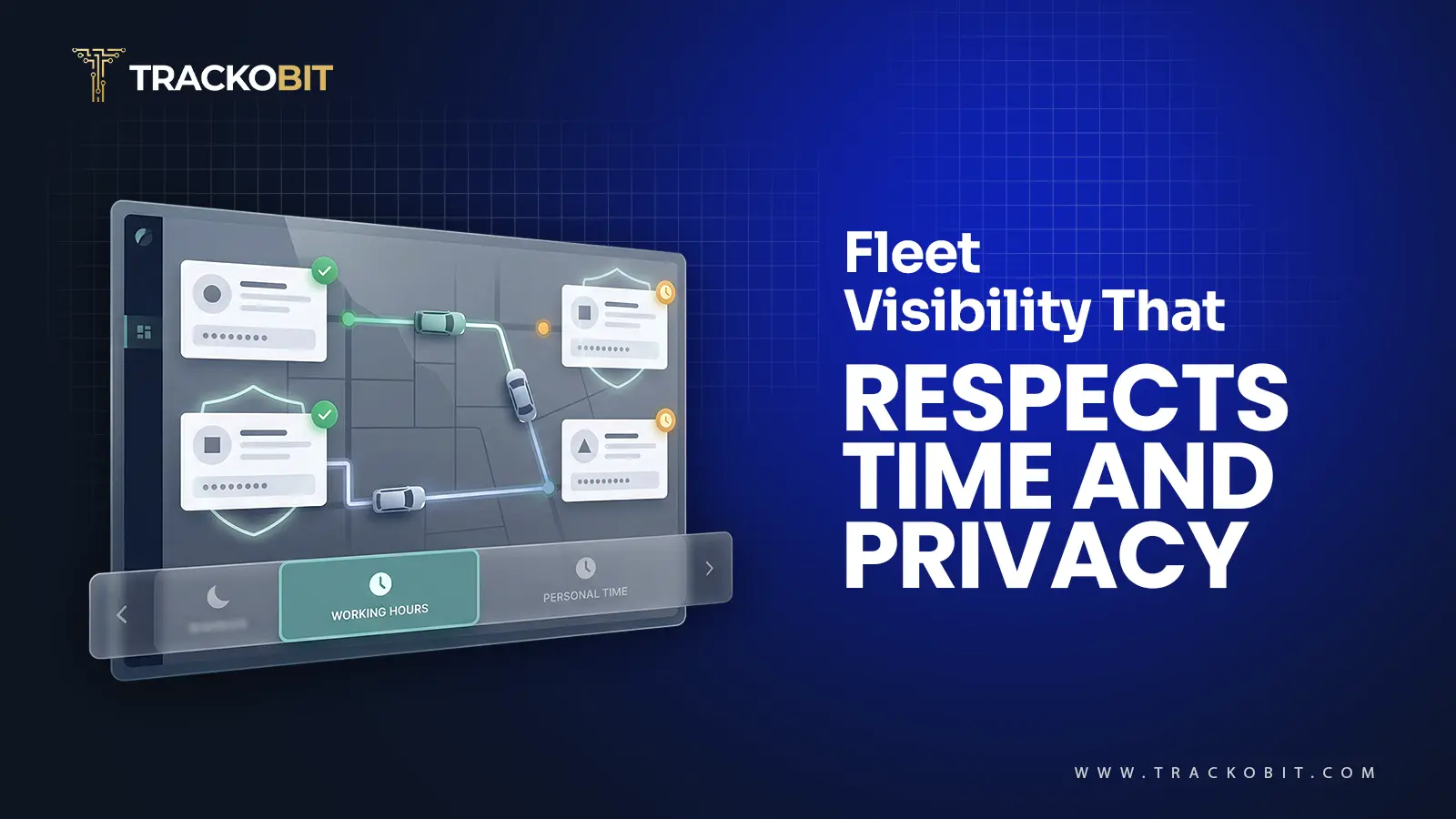-
TrackoBit
Manage commercial vehicles with the new-age Fleet Management Software
TrackoBit -
TrackoField
Streamline your scattered workforce with Field Force Management Software
TrackoField -
Features Resources
-
Blog
Carefully curated articles to update you on industrial trends. -
White Paper
Insightful papers and analysis on essential subject matters. -
Glossary
Explore an alphabetical list of relevant industry terms. -
What’s New
Get TrackoBit & TrackoField monthly updates here. -
Case Study
Explore the cases we solved with our diverse solutions. -
Comparisons
Compare platforms, features, and pricing to find your best fit.
-
About Us
Get to know TrackoBit: our team, ethos, values, and vision. -
Careers
Join the most dynamic cult of coders, creatives and changemakers. -
Tech Support
Learn about our technical support team and services in detail. -
Events
Check out the exhibitions where we left our marks and conquered. -
Contact Us
Connect with us and let us know how we can be of service.
What is a CDL Driver? Exams & Steps to Get a CDL License
- Author:Anvesha Pandey
- Read Time:8 min
- Published:
- Last Update: October 3, 2024
Table of Contents
Toggle
Does the CDL driver drive passenger vehicles? Find what exactly is a CDL driver, what are the types of commercial licenses, laws, and how to get one.
Table of Contents
Toggle
Did you know that driving a commercial vehicle requires a special license, different from a passenger vehicle license? Well, that special license is a Commercial Driver’s License (CDL) that authorizes your drivers to drive heavy-duty commercial vehicles like trucks, buses, and tankers. CDL driver are categorized based on the type of vehicle and the tasks involved.
📌What can you expect in this piece-
|
This piece of writing dives into the ins and outs of CDL.
So, let’s just begin with the basics first!
What is a CDL Driver? – MEANING
You can simply define a CDL truck driver as a professional truck driver who holds a commercial driver’s license (CDL). This license is usually required to operate heavy or large commercial vehicles. These licenses authorize an individual to operate commercial motor vehicles(CMVs) or buses over 26,000 pounds gross vehicle weight.
They are generally responsible for transporting goods and materials across local, regional, or long-distance routes.
Now that you know the meaning of a CDL driver, this brings you to the next section of the blog i.e. types of CDL licenses.
What Are the Types of Commercial Driver License?

Get an insight into the kinds of CDL
Commercial driver licenses are categorized into three main classes based on the weight and the type of vehicle a driver operates.
1. Class A CDL
What it covers- A driver holding a Class A commercial driver’s license is authorized to operate any combination of vehicles with a gross combination weight rating (GCWR) of 26,001 pounds or more. This is permitted as long as the weight of the towed vehicle exceeds 10,000 pounds.
Common Vehicle Class A CDL Drivers Can Drive
- Tractor-trailer
- Trucks with a trailer combination vehicles
- Flatbed trailers, and tankers
2. Class B CDL
What it covers- A driver holding a Class B CDL is permitted to operate a single vehicle with a
- GCWR of 26,000 pounds
- Or towed vehicle of less than 10,000 pounds.
Vehicle Class B CDL Drivers Can Drive
- Straight Trucks,
- Passenger and Public Transportation Buses,
- Segmented Passenger Buses,
- School Buses, and Tractor-Trailers
3. Class C CDL
What it covers- A driver with a Class C CDL is required for vehicles designed to transport 16 or more passengers. This license is also necessary for transporting hazardous materials as defined by federal guidelines.
Vehicles Class C CDL Drivers Can Drive
- Passenger vans,
- Small HazMat vehicles
- Vehicles used for transporting toxic or hazardous materials.
📌 Note- Each CDL class may require specific endorsements, such as for carrying hazardous materials (HazMat), transporting passengers, or operating tank vehicles.
How to Get a Commercial Driver License? 5 Easy Ways

Unfold the key step to own a driver license
In order to get a CDL (commercial driver’s license), follow these key steps-
Step 1- Meet the Basic Requirements
The driver to become eligible for this license must be at least 18 years old for intrastate driving and 21 years old for interstate driving.
Additionally, the driver should pass a Department of Transportation (DOT) medical exam, proving to you that they are perfectly fit to meet physical health standards.
Step 2- Choose CDL Class and the Endorsements
Choose the right type of driver’s license based on your business and the kind of vehicle being driven. Some drivers need special endorsements, like for carrying dangerous goods (HazMat), passengers, or tankers. Make sure your driver has the correct license for the job!
Step 3- Get a CDL Learner’s Permit
Ask your drivers to apply for a CDL learner’s permit (CLP). Post-completion of the knowledge and physical testing, the applicants are issued with the learner’s permit. The minimum wait time to schedule a CDL road skills test is typically 14 days.
Step 4- Enroll in CDL Training
Once your drivers have the permit, they can enroll in training programs to practice operating commercial vehicles, learn driving skills, and prepare for the road skills test. After the training, the drivers are asked for a CDL skills test. This test is conducted in three parts i.e.
- Pre-trip Inspection
- Basic Vehicle Control
- On-Road Driving
At last, when drivers are done passing all three phases of the test, next, they have to submit some required documents. These documents include proof of address, proof of identity, medical test reports, and a driving history record.
The CDL will be issued once all the formalities and paperwork are done. Moreover, depending on their state, the license may arrive by mail or be available for pick-up at the DMV (Department of Motor Vehicles).
What are the Responsibilities of a CDL Driver?
Once you have a commercial driver’s license, it becomes very important to understand all the responsibilities of a CDL driver.
Here’s a little showdown of a CDL driver KRAs-
1. Vehicle Inspection and Maintenance
All CDL drivers must inspect their vehicles before and after each trip to ensure vehicle health and eliminate unwanted breakdowns. This includes checking tires, brakes, lights, and fluid levels, and ensuring that all safety equipment is functional. If your drivers find any issues that might impact the health of the vehicle, it must be reported immediately.
A driver app by TrackoBit comes in handy when it comes to maintaining pre & post trip inspection reports. The app with DVIR (digital vehicle inspection reports) features streamlines the process of auditing or inspecting the vehicles to record and share any issues timely.
Fleet managers with such timely vehicle inspection data can assess a vehicle’s maintenance needs.
Wondering How?
Give this a quick read- What is Fleet Maintenance? Benefits & Examples of Fleet Maintenance
2. Safe Vehicle Operation
To operate fleets more safely, CDL drivers must adhere to all traffic laws and federal regulations, including observing speed limits and rules specific to commercial vehicles. This also ensures that the cargo is properly loaded, balanced, and secured to prevent shifting or falling while in transit.
3. Time Management and Record Keeping
CDL drivers are required to keep accurate records of their hours of service (HOS) to comply with regulations regarding driving hours and rest periods.
Devices like electronic logging devices (ELDs) are often used for this. All CDL drivers must follow optimum driving and resting hours to prevent fatigue. They are required to take mandatory rest breaks after driving for a certain number of hours.
4. Compliance with Safety and Legal Regulations
Maintaining compliance becomes quite essential especially when it comes to CDL trucking. Drivers must comply with all safety standards set by the Department of Transportation (DOT). Also, one of the most important compliances is ensuring the vehicle and its load do not exceed weight limits on roads and bridges, which may require using weigh stations.
5. Cargo Handling
Some CDL drivers may be responsible for loading and unloading cargo, especially if working with smaller companies or specialized freight. Most importantly, drivers transporting hazardous materials (HazMat) must follow strict safety guidelines, including securing loads and carrying proper documentation.
All-in-all, by fulfilling these responsibilities, CDL drivers ensure not only their safety. But also the safety of others on the road while delivering goods and contributing to efficient transportation systems.
💡 Conclusive Statistics
According to the reports of Driving-Tests.org, In 2021, large trucks were involved in 5,700 fatal crashes and over 60,000 injury crashes. The fatal crash rate was 1.4 per 100 million miles traveled, lower than that of passenger car drivers.
Monitor Your CDL Driver’s Behavior Live With TrackoBit
Having licensed drivers doesn’t guarantee a risk-free fleet. Events like risky driving, poor driver behaviors, non-compliance with safety standards can still emerge.
To combat these events, TrackoBit offers two powerful solutions: The Driver Monitoring System (DMS) and the Driver Behavior Monitoring System. Both of these systems are designed to give fleet managers comprehensive insights into driver actions, ensuring safer driving events and more optimised use of fleet.
Let’s see how both these solutions embedded in a fleet management system can help improve driver safety & bring wonders to the table-
1. Driver Monitoring System (DMS)
The driver monitoring system (DMS) is a part of video telematics. The system is an advanced tool that helps you keep a vigilant eye on drivers’ in-cabin activities in real time. It leverages cameras and sensors to monitor driver activities.
Fleet managers receive real-time notifications or alerts for various events like
- Distracted driving
- Drowsiness
- Smoking
- Yawning
- Driver’s absence from the cabin
- Cabin’s Camera Blocked
All together the driver monitoring system significantly improves vehicle safety by detecting their in-cabin activities. This proactive approach not only reduces risk but also creates safer driving conditions for both drivers and the public.
Additionally, the system lowers risk factors leading to reduced insurance premiums. In the event of an accident, the DMS provides valuable video evidence, which can help clarify responsibility and resolve disputes quickly and fairly.
Whereas, when it comes to…
2. Driver Behavior Monitoring System
The efficient DBMS system from the house of TrackoBit focuses on gauging the poor driving patterns that put pressure on the engine. The system in combination with powerful IoT sensors, and insightful reports, gives you a view of how your drivers are operating your vehicles.
Fleet managers can have insights into abrupt driving patterns like
- Harsh Braking
- Acceleration
- Over-Speeding
- Idling
- Sharp Turns & Cornering
The system helps not only how you drive your vehicles but also helps in lowering fuel consumption, extending vehicle lifespan. Together, these systems provide actionable insights that help in cultivating responsible driving, ultimately saving time, money, and lives.
Do you want to keep an eye on your drivers?
Get in touch today!
FAQs on Commercial Driver License
-
What is a commercial driver’s license (CDL)?
A Commercial Driver's License (CDL) allows you to operate commercial vehicles like trucks and buses.
-
What is CDL Services?
CDL services typically include CDL training, testing, endorsements, renewals & more.
-
Do CDL licenses need to be renewed?
Yes, CDL licenses must be renewed periodically, and certain medical or compliance requirements may apply.
-
How much does a CDL driver earn?
A CDL driver typically earns between $45,000 to $65,000 per year, depending on experience, location, and the type of driving job.
-
Can your drivers get additional endorsements on their CDL?
Yes, endorsements like HAZMAT or passenger transport can be added with additional testing.
-
How long does it take to get a CDL?
It typically takes 3-6 weeks, depending on your training program and testing schedule.
Anvesha is a communication specialist at TrackoBit. With a strong background in media and communications, she adds much-needed balance and brevity to TrackoBit’s... Read More
Related Blogs
-

When Tracking Needs a Clock: Rethinking Fleet Visibility
Tithi Agarwal December 24, 2025Read on to understand why fleet tracking works better when it follows working hours. Because visibility should support operations, not…
-

What Makes TrackoBit’s Video Telematics Software Truly Next-Gen?
Shemanti Ghosh December 17, 2025TrackoBit’s video telematics software blends smart video intelligence with full server control. The result? Superior fleet reliability and safety.
-

Plug, Pair, Perform TrackoBit Introduces BLE Sensor Integration
Tithi Agarwal November 26, 2025TrackoBit’s BLE Sensor Integration enables wireless, real-time monitoring with faster installs and accurate insights. It improves fleet efficiency, visibility, and…
-

How to Use Driver Behavior Reports as a Sales Hook to Close Big Fleets
Tithi Agarwal October 16, 2025TrackoBit’s driver behavior reports empower fleet providers to win big contracts by showcasing safety, efficiency, and measurable ROI.

Subscribe for weekly tips to optimize your fleet’s potential!
Your inbox awaits a welcome email. Stay tuned for the latest blog updates & expert insights.
"While you're here, dive into some more reads or grab quick bites from our social platforms!"Stay Updated on tech, telematics and mobility. Don't miss out on the latest in the industry.
We use cookies to enhance and personalize your browsing experience. By continuing to use our website, you agree to our Privacy Policy.


































